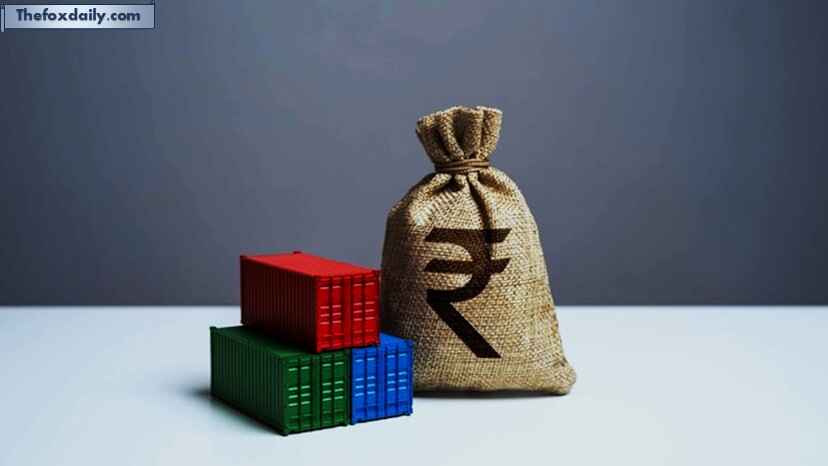
- THE NEW RATES START WHEN?
- ESSENTIALS FOR EVERYDAY
- BEVERAGES AND DRINKS
- ASSISTANCE FOR FARMERS
- HEALTH COVER AND MEDICATIONS
- AUTOMOBINES ON NEW SLABS
- HOUSEHOLD AND HOME APPLIANCES
- NEW SLABS FOR SERVICES
- GAMING AND AMUSEMENT
- WHAT WILL BE DONE WITH OLD INVOICES AND SUPPLIES?
- HOW ABOUT INPUT CREDIT AND STOCK?
During its 56th meeting in New Delhi, the products and Services Tax (GST) Council announced numerous revisions to the tax rates on products and services.
These rulings are intended to maintain the equilibrium between producers and consumers, streamline the system, and lessen conflicts. Items including cigarettes, chewing tobacco, and beedis will see updated rates after current cess-linked liabilities are settled, but the majority of the new rates will take effect on September 22, 2025.
THE NEW RATES START WHEN?
Beginning on September 22, 2025, goods and services will be subject to the updated GST rates. The current rates will remain in effect for the time being for tobacco-related products; new rates will be disclosed later.
ESSENTIALS FOR EVERYDAY
The Council has provided aid for a number of everyday necessities. Shampoos, face powders, and toilet soap bars will now be subject to a 5% tax. Indian breads like porotta, paratha, and roti are completely excluded. Food preparations that do not fit into another category will also be subject to a 5% tax.
BEVERAGES AND DRINKS
The GST rate will increase for carbonated fruit drinks and fruit juice-based beverages. This is due to the fact that certain goods formerly incurred both GST and compensatory cess. Now that the cess has been removed, the tax rate has been changed to preserve total revenue.
ASSISTANCE FOR FARMERS
Instead of 12% GST, agricultural machinery such as threshers, drip systems, sprinklers, and even beekeeping equipment would now only be subject to 5% GST. Since making them totally tax-free would raise manufacturing costs and ultimately raise farmer prices, the government decided against doing so.
HEALTH COVER AND MEDICATIONS
Unless they are expressly marked as nil-rated, all medications and drugs will be subject to 5% GST. Additionally, medical devices will be subject to a 5% tax. It is noteworthy that health and life insurance policies, such as ULIPs, term plans, family floaters, and senior citizen policies, are completely excluded from GST.
AUTOMOBINES ON NEW SLABS
Small cars under four meters in length with gasoline, LPG, or CNG engines up to 1200 cc or diesel engines up to 1500 cc will now only be subject to 18% GST rather than 28%. A harsh 40% GST will be applied on larger automobiles, SUVs, and utility vehicles with longer and more powerful engines.
Motorcycles under 350cc, including precisely 350cc, are subject to 18% GST, while those over 350cc are subject to 40% tax. Rates for buses and three-wheelers with ten or more passengers would also be lowered to 18%. Previously attracting 12%, bicycles and their components will now only garner 5%.
HOUSEHOLD AND HOME APPLIANCES
Previously subject to 28% GST, air conditioners and dishwashers will now just pay 18%. A consistent 18% rate will likewise be applied to all TVs and monitors, regardless of size.
NEW SLABS FOR SERVICES
Operators can opt for the 18% rate if they want to claim credit, however passenger transport services will continue to operate at 5% GST without input credit. Salons, fitness centers, and yoga centers will now only charge 5% without credit, a significant decrease from the previous 18%.
GAMING AND AMUSEMENT
Lotteries, casinos, betting, Horse racing, and online gambling are all subject to a high 40% GST. Although recognized athletic events continue to operate under the previous framework, admission to events such as the IPL will also be subject to 40% GST. Tickets that cost $500 or less are still free, while those that cost more than $500 will be subject to an 18% tax.
WHAT WILL BE DONE WITH OLD INVOICES AND SUPPLIES?
The rate will be determined by when payment was received if the products or services were provided prior to the rate change but the invoice was sent out later. Old rates will apply to payments made prior to the change, and the new rates will apply to payments received after the change.
HOW ABOUT INPUT CREDIT AND STOCK?
You shouldn’t be concerned if you now own stock that was bought at previous prices. As long as the tax was correctly levied at the time of purchase, the tax credit can still be claimed legally. Any products sold or provided after the new rates are implemented will be subject to the updated tax rate.
The larger picture
The idea behind the changes is to make GST simpler and fairer. The Council intends to lessen the financial strain on households and farmers by lowering prices on necessities including soaps, medications, and farm equipment. In order to help the government preserve its earnings, luxury and sinful items will continue to be subject to higher levies.
For breaking news and live news updates, like us on Facebook or follow us on Twitter and Instagram. Read more on Latest Business on thefoxdaily.com.






COMMENTS 0